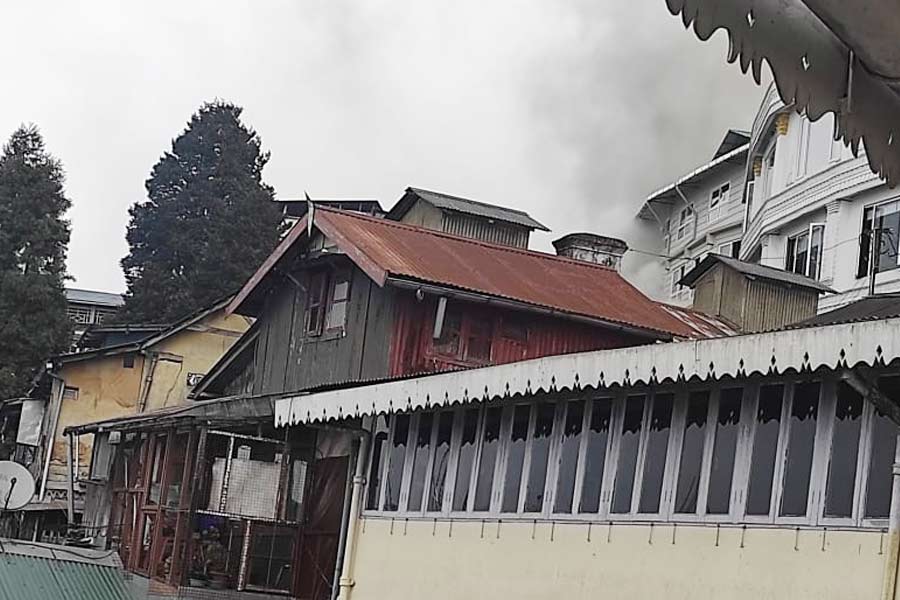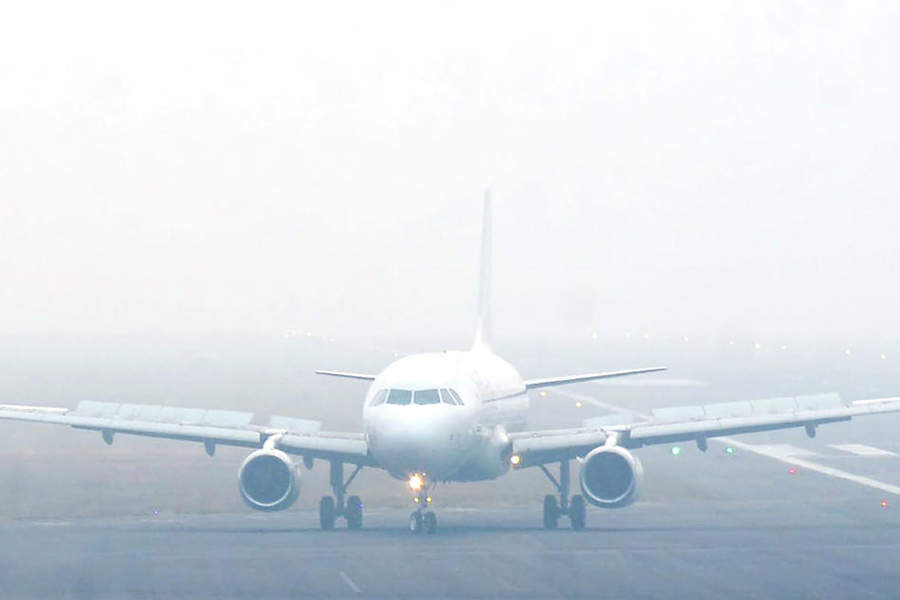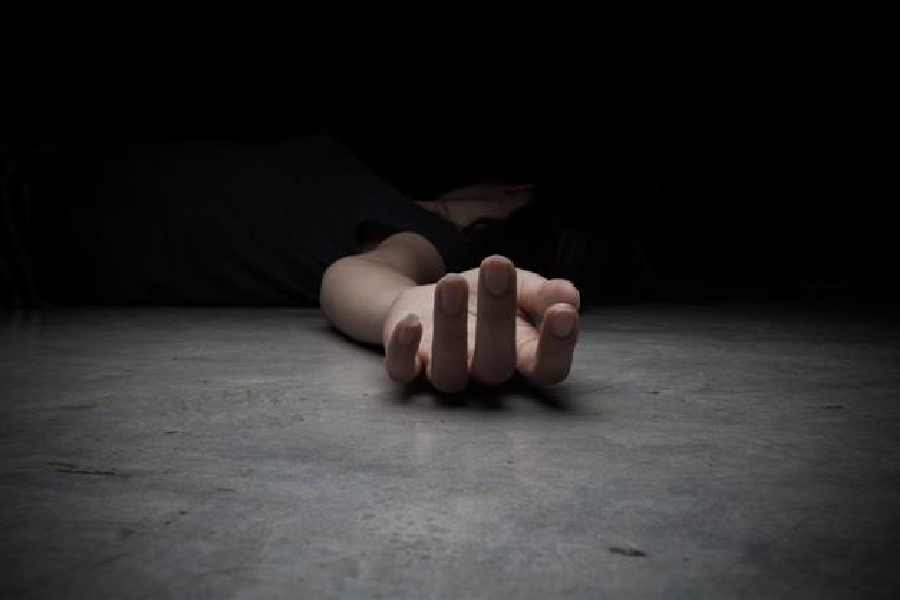Finance minister Nirmala Sitharaman tried to blunt criticism about high inflation in the country by taking the war to states. She said inflation in some states is higher than the national average – and this is because they have not cut fuel duties.
Retail inflation in July came in at 6.71 per cent. The Centre had cut the excise duty on petrol and diesel on two occasions — in November 2021 and May 2022. After the November cut, 22 states reduced the VAT on petrol and diesel. Only four states did so after the Modi government reduced the fuel levies in May. In spite of cutting VAT, two of the four states — Rajasthan at 6.93 per cent and Maharashtra, 7.75 per cent — reported inflation above the national average.
The other two, Kerala reported inflation of 5.36 per cent and Odisha, 6.13 per cent. Economists said not many states were willing to cut VAT in May as they were concerned about GST compensation and did not want to forgo an additional sum. “States don’t have space and if they cut sales tax revenue will fall. Hence they have to work on this tradeoff,” says Madan Sabnavis, chief economist, Bank of Baroda A quick look at the states that have higher inflation: they include Assam (7.91 per cent), Gujarat (7.85 per cent), Haryana (7.83 per cent), Madhya Pradesh (7.41 per cent), Maharashtra (7.75 per cent), Uttar Pradesh (6.89 per cent) – all states either run by the BJP or in alliance with it.
There are a few Opposition party-run states with high inflation – which were in the cross hairs of Sitharaman’s attack including Bengal (7.80 per cent), Telangana (8.58 per cent), Andhra Pradesh (7.38 per cent) and Rajasthan (6.93 per cent).
Sitharaman said certain states had not acted in tandem and reduced state-level taxes, she said, adding quickly that she was “not doing politics”. “But the fact remains. Coincidentally, I find inflation being higher than the national level inflation in states that have not reduced fuel prices,” the finance minister said at a conference on taming inflation, organised by the Indian Council for Research on International Economic Relations.
According to data released by the statistics ministry last month, all-India headline retail inflation fell to a fivemonth low of 6.71 per cent in July. As many as half of the 22 states for which the ministry releases data witnessed inflation that was higher than 6.71 per cent in July, with Telangana seeing the highest rate of 8.58 per cent. “Just as today, there are a lot of discussions about devolution of taxable revenues... Similarly, there are, I would suggest, enough justifications to have this understanding of how states also manage their inflation. It cannot be that inflation is handled only by the Centre,” Sitharaman asserted.
“When states don’t take enough steps, that part of India suffers from want of a relief from the stress of inflation. The exogenous factors affect both the Centre and states,” she said.
Russia crude
Sitharaman said crude imports from Russia was part of the government’s inflation management strategy and that other countries were doing something similar. India’s crude purchases from Russia have jumped to between 12 per cent and 13 per cent of imports from all sources since February from about 2 per cent before then, Sitharaman said. “We did keep up the relationship with all countries but yet managed to get the Russian fuel, which is what Japan is doing today, which is what some other countries are doing,” Sitharaman said.











